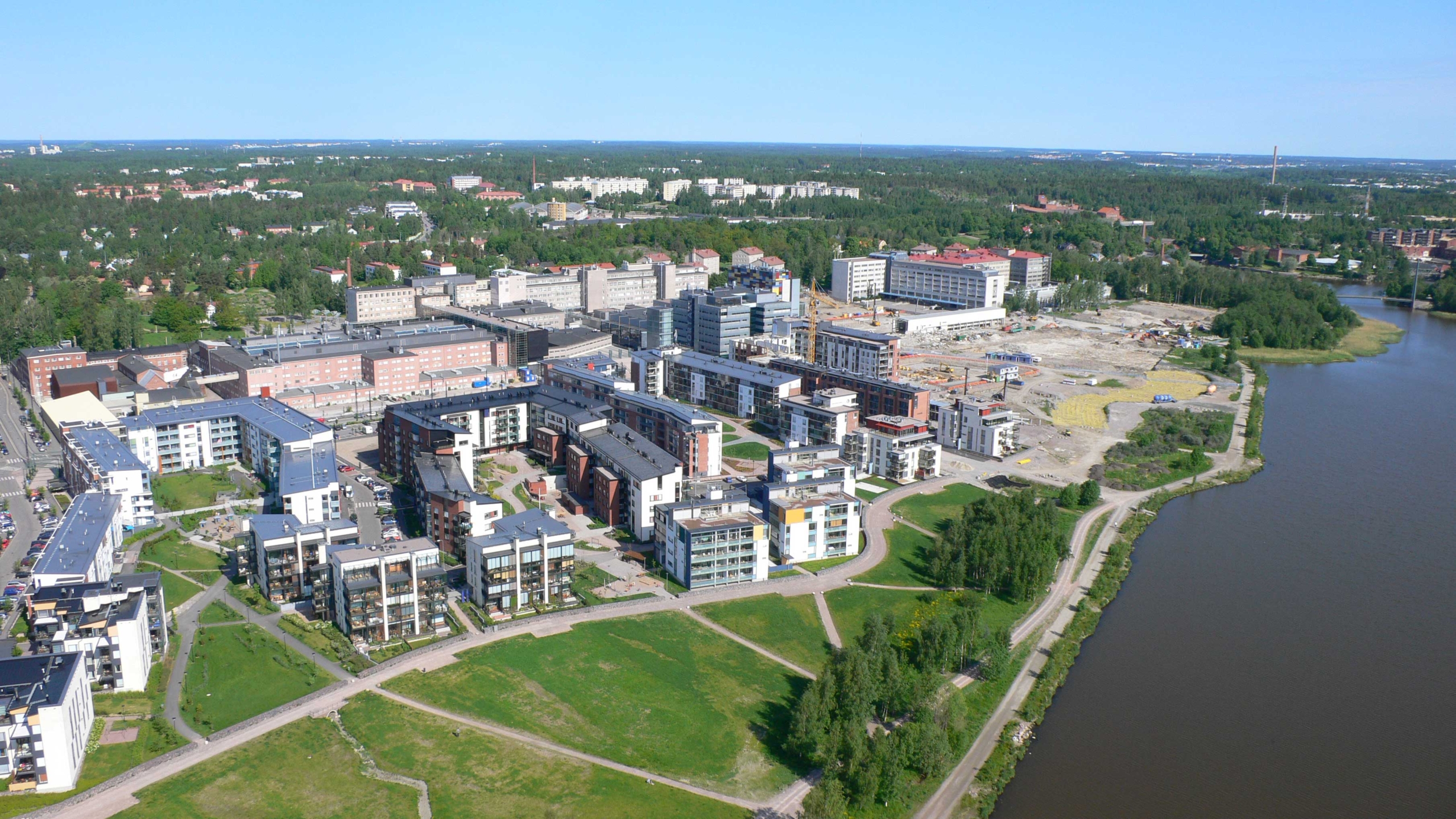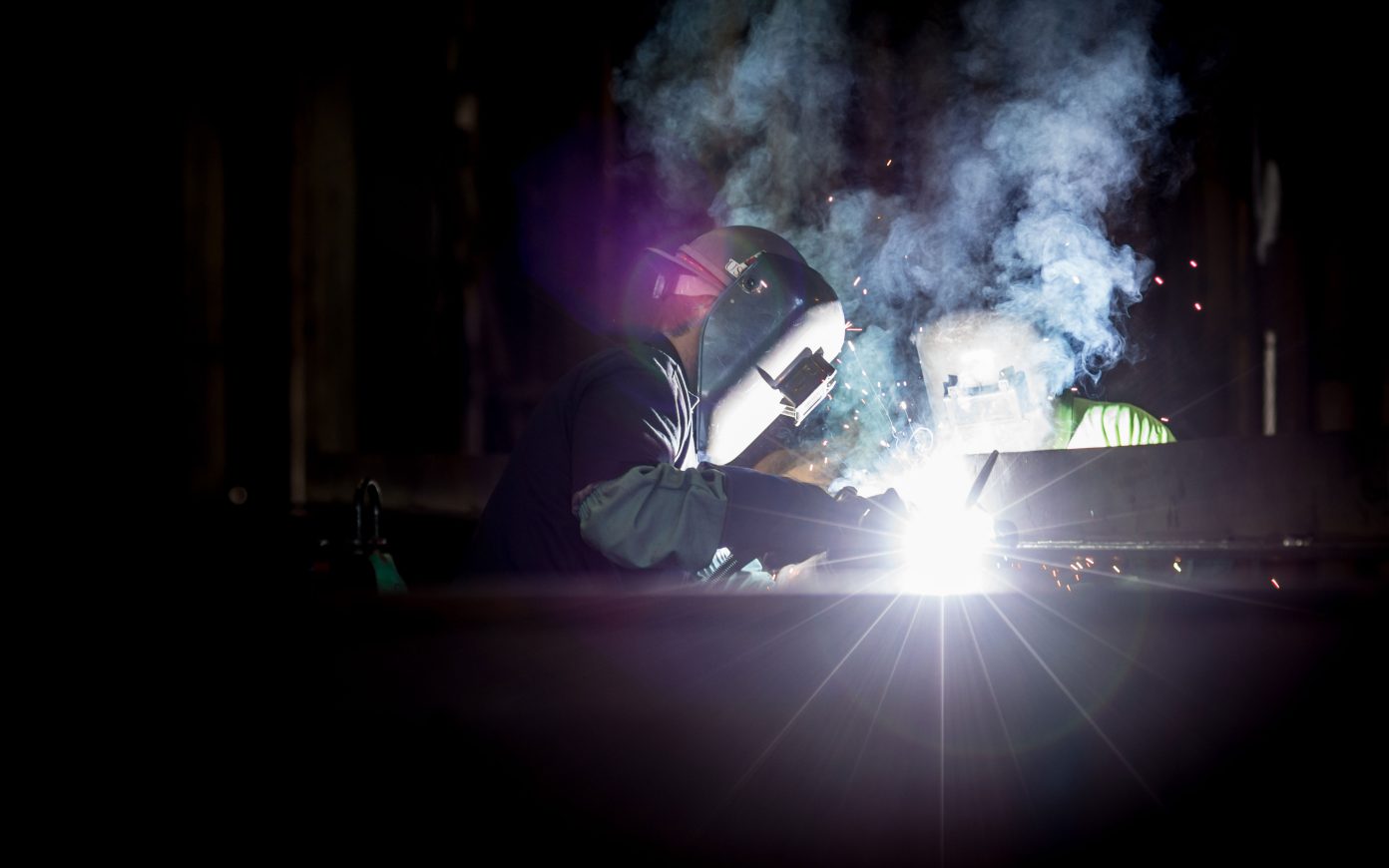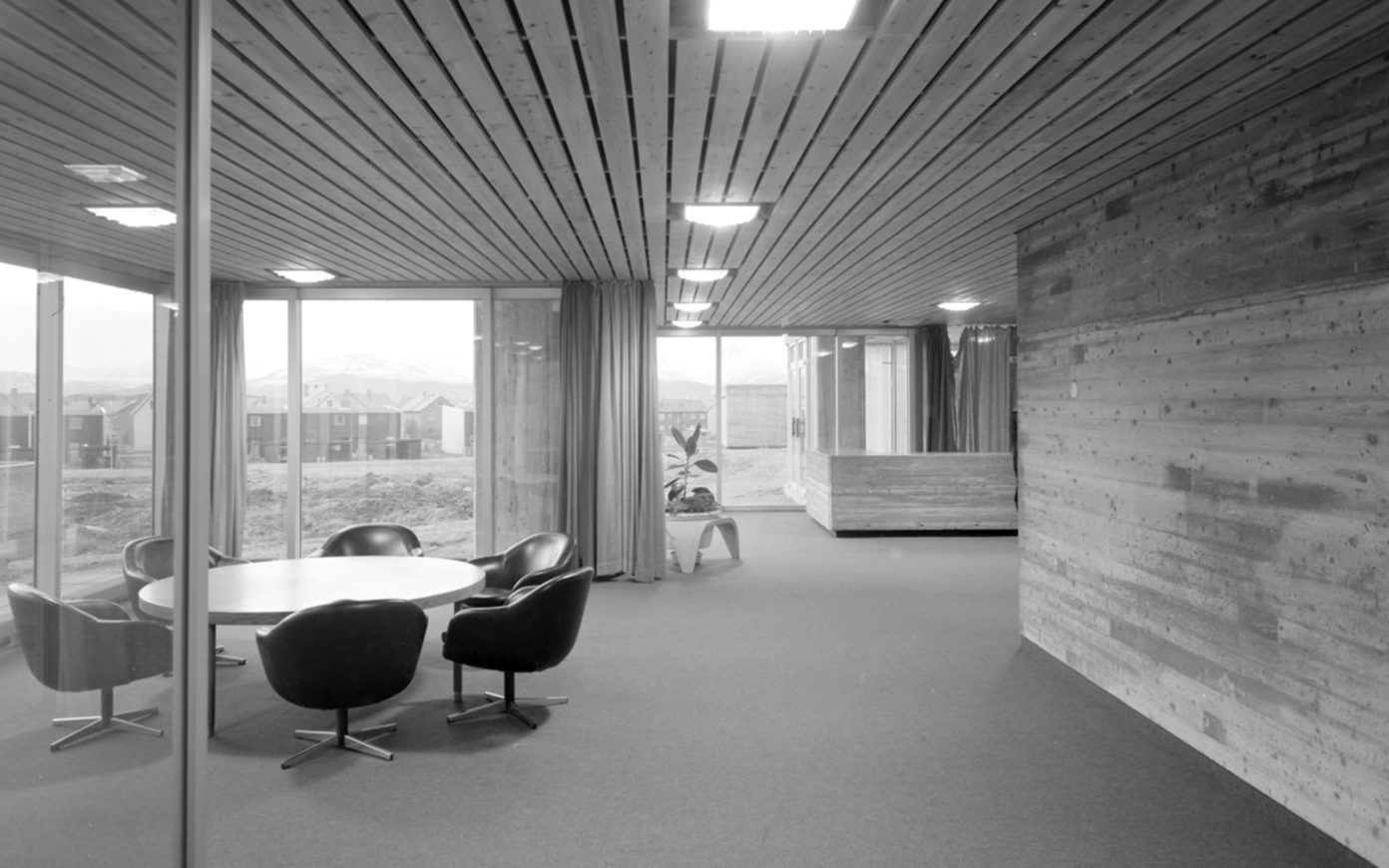Promoting unplanned knowledge exchange
A complementary tool is the passive promotion of knowledge dissemination.Knowledge exchange can be promoted through the urban design of a neighborhood and the intelligent positioning of certain functions within it.For example, providing communal facilities (such as clean rooms or expensive equipment) increases encounters between people and companies, and encourages cooperation and exchange.The provision of collective facilities and open space on campus forms a “stage” for the dissemination of knowledge and for interaction between residents and organizations.
The High Tech Campus in Eindhoven has a very specific layout, with precise rules to encourage interaction and the dissemination of knowledge. The architects chose to centralize the public facilities and distribute the various functional zones concentrically around them.At the heart of the campus are the communal spaces (restaurants, stores and meeting rooms) grouped together in a building called “The Strip”, next to which are common facilities such as “MiPlaza”, “The Holst Centre” and the “Centre for Molecular Medicine”; these buildings include clean rooms, laboratories and other specialized spaces.Further out, silo parking lots are dotted between mixed-use buildings.Finally, sports facilities and a nursery school are located on the periphery. The maximum distance between the central facilities and the rest of the campus is around eight minutes on foot.
Development strategies have been reinforced by strict, campus-specific regulations. The inner area is inaccessible to cars, and the large landscaped green spaces are of high quality.Employees and visitors are thus encouraged to walk to their destinations within the campus, once again encouraging meetings in a welcoming environment.Meeting rooms in private buildings can accommodate no more than eight people, in favor of larger rooms on “The Strip”.Nor can private buildings feature canteens or cafés, as these too are offered in communal areas.Even the sports facilities, also for collective use, give priority to team sports at the expense of individual training.
Conclusions, recommendations and precautions
Knowledge cluster promoters and local governments generally have very specific expectations regarding the innovation potential of new districts. Nonetheless, most companies have privileged relationships with external partners rather than with their cluster neighbors. Few studies with conclusive results have been able to say whether the success of companies located in clusters was due to a correlation of factors already present in the neighborhood, or whether it came from co-location. So there’s no reason to believe that knowledge clusters can be stimulated by local interaction alone. What’s more, the interactions that take place in such places may often not be directly linked to knowledge and innovation, but they can nonetheless be fruitful for businesses by giving them access to commercial information (such as market trends) and strategic advice (how to obtain financing).
Another important point is to realize that innovation work is done very differently in different fields. Creative professions rely heavily on an effective network of “good people” and customer relationships based on innovation, as well as atmospheres that stimulate creativity.Freelance work and high staff turnover are very common, and reputation is an essential asset.On the other hand, in scientific fields (such as biotechnology), innovation processes are highly systematized and based on formal knowledge and scientific methods.Know-what” and “know-how” are more relevant, leading companies to be highly selective in their choice of partners.Technical cooperation often takes the form of international partnerships. And even within specific fields, modes of innovation can differ – industrial design is very different from a film shoot, and the discovery of a new molecule involves other processes and “proximities” than the development of human tissue.
Finally, don’t expect a simple bar to be a promoter of innovation. As Hubert points out, in the case of NTIC [New Information and Communication Technologies] employees in Cambridge, “in bars, people are often too drunk to say anything technically coherent.”
Given the restrictions listed above, what tools are available to the promoters and designers of knowledge hubs?
- Select tenants. Make sure that the tenants in the cluster are more or less complementary. The “cognitive distance” between tenants should be neither too great (i.e. they belong to completely different fields) nor too small (if they are too similar, they won’t see the point of collaborating). Tenant selection can be achieved by establishing admission criteria for new arrivals.
- Offer collective professional facilities (clean rooms, laboratories, prototyping services, financing organizations, business support services, etc.). These measures provide tenants with high-end facilities, enabling them to concentrate on their core business: innovation. Many knowledge institutions are very satisfied with turnkey solutions and all-in-one prices that include access to so much excellent equipment and infrastructure, especially as they can lead to unplanned meetings between tenant companies.
- Ensure a relevant program of activities. Organizing keynote speeches by leading industrial figures, demonstrations of new technologies, etc., can create a unifying momentum and bring different people together around a common interest. Similarly, the organization of events such as sports tournaments or cultural events helps to create social links and, potentially, professional cooperation.
- Promoting interaction through urban and landscape design. The hub can be designed to encourage chance encounters in public spaces. Amenities such as parks, but also low-traffic, pedestrian promenades and/or bicycle paths are all favorable elements.
- Create centralized facilities and amenities. Centralizing bars, restaurants and meeting rooms not only increases the chances of encounters, but also gives the area a center and an identity. In a highly regulated cluster, tenants are sometimes not even allowed to have their own facilities and amenities, as on the Eindhoven campus.
- Offer specialized services for start-ups. Young companies are highly endowed with ideas and innovative strengths, so you need to make sure they feel at home in the cluster by offering them, among other things, more attractive rents and support services. You can also put them in touch with larger companies on the site, potential new customers, or help them expand their network.





